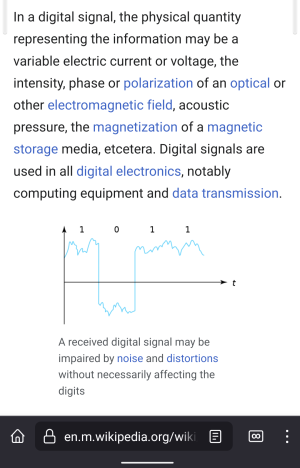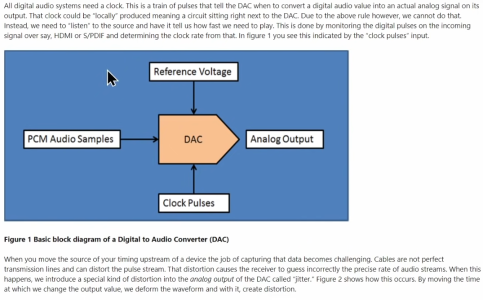BowsAndArrows
Major Contributor
yes these 1:1 isolation transformers in the network switches are designed to block the common mode interference, but allow the differential signals carried by the LAN cables through (iirc think over 2 pairs of wire).No, I mean transformers which can be seen in (almost?) every ethernet switch, like this one
where http://www.bi-tek.com.tw/en/product...E-T-DUAL-PORT-LAN-TRANSFORMER-FM-3178LLF.html are mounted.
but the way i understand it (i could be wrong) "regular" network switches are designed with tolerances to keep the abstracted digital layer of data intact, so they don't eliminate that much common mode interference. since at the end of the day they are networking equipment first, and were not built from the ground up for audio.
this is where things get a bit hairy because people disagree as to what level of common mode interference is audible etc. but if we put that aside, basically only special shielded switches (like those for medical or industrial use) are any good at eliminating this common mode interference. those and obviously the $9000 audiophile ones.
Last edited:



